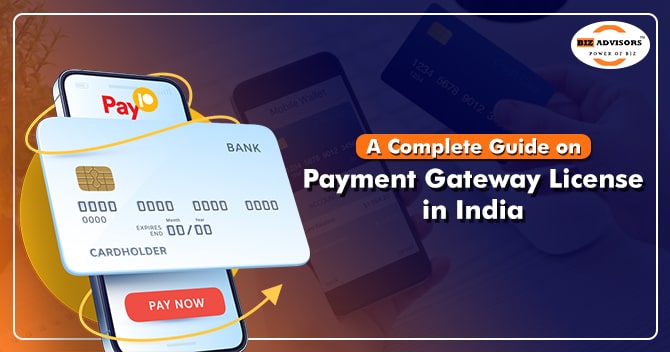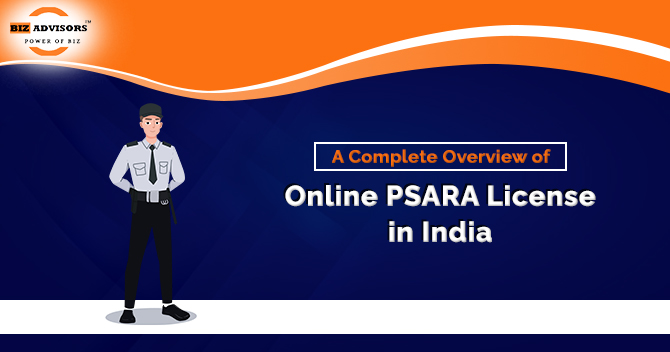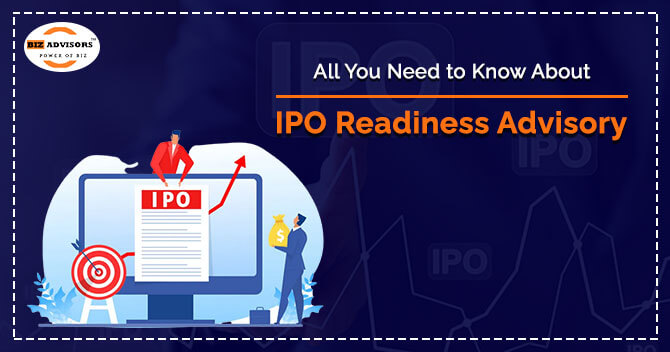We must have all experienced the simplicity and adaptability of Indian online purchasing. Additionally, electronic payment methods are being used for bill payment, mobile, and DTH recharging, among other things. Now that you have chosen the products or services you wish to purchase from a website and have placed them all in your shopping cart, it is time to make a payment. Payment Gateways serve as a conduit for the transfer of Transaction information between banks and websites. They gather data from the payer bank, transfer it to the receiving banks, and record their responses, including whether the transaction is accepted or rejected. In this article, we will discuss Payment Gateway License in India.
Benefits of Payment Gateway License
The following are the few benefits of a Payment Gateway License;
Wallet for PCI-DSS
Users are given protection by the PCI-DSS Wallet compliance, which protects their data in the gateway or portal for recurring payments. For instance, frequent Amazon customer can save their bank account information on Amazon’s application or website, and the gateway safeguards that information from any cybersecurity risks.
Wallet with White Label
Customers can use mobile wallet applications to conduct digital transactions through some payment channels. This is the newest trend because it allows consumers to perform all of their tasks in one location. To make purchases on other mobile applications or websites, one can transfer money from their bank account to their mobile wallet application.
Tools for Screening Fraud
Some payment gateways offer their clients FST (Fraud Screening Tools) to lower the possibility of data loss. CCV (Card Code Value), CVV (Card Verification Value), and AVS are some of these tools (Address Verification Service). These instruments’ main objective is to prevent any fraudulent transactions. A payment gateway’s ability to process transactions from many users simultaneously is another important benefit. Consumers can now buy or sell products and services whenever they want thanks to this.
Types of Payment Gateway License
Businesses can accept payments in Indian National Rupees from both domestic and foreign customers thanks to Payment Gateway providers. These suppliers accept payments using credit or debit cards as well as net-banking procedures.
The two types of payment providers in India are:
Added-On Providers
For start-ups and small firms, this strategy is too expensive during the initial stages of development. For the recommended providers, the Transaction Discount Rate (TDR) is lower, but the setup expense is significant.
Unaffiliated Providers
Examples of this kind of supplier are PayU, CC Avenue, and EBS. These suppliers demand a set-up cost as well as a yearly fee. For this kind of service, the TDR ranges from 2% to 4%.
The procedure of the Payment Gateway License
The actions listed below must be done in order to obtain a Payment Gateway License in India:
Step 1: In accordance with PSS Act Section 5(1), submit an application in Form A. This application must be sent to the Chief General Manager of the Department of Payment and Settlement Systems at RBI’s Central Office in Mumbai, or to any other office that RBI may designate at any time.
Step 2: The RBI has the discretionary power to approve the license for the payment gateway, as stated in Section 6 of the Act. The RBI has the power to carry out any investigation that it determines is necessary. The questions will help to verify the accuracy of the data in the application and check the qualifications of the applicants.
Step 3: The following conditions must be met before the RBI will approve a Payment Gateway License:
• It is recommended that you follow the instruction to create a proposal for a payment system or services.
• The design of the proposed payment system or the established technical specifications for the payment system.
• The conditions, including any security measures, under which the proposed payment mechanism would function.
• The recommended procedure for completing the transfer in the designated payment system;
• The required manner of obtaining instructions that affects the obligations of the payment system.
• The moral integrity and financial standing of the candidate.
• The agreed-upon terms and conditions govern how customers communicate with payment service providers.
• The credit and monetary policies.
• The window of time for approval.
Step 4: The RBI may provide the applicant an Authorization Certificate in Form “B” for the launch and operation of a payment system if it is satisfied that the applicant has complied with all of the requirements stated in Section 7(1). The date and conditions that the RBI provides for the authorization’s implementation are binding.
Step 5: The RBI must process the authorization request as soon as is practical, but no later than six months after the request was made, in accordance with Section 4 of the PSS Act.
Capital Required to Obtain the License
The following are the requirements for obtaining an Indian Payment Gateway License:
1. Only banks and non-bank finance companies that adhere to the Capital Adequacy requirement set forth from time to time by the Reserve Bank of India[1] may offer prepaid payment instruments.
2. Foreign Exchange Prepaid Payment Instruments: Organizations that are approved by FEMA to offer foreign exchange prepaid payment instruments are exempt from these requirements. Such payment instruments may only be used in accordance with the Foreign Exchange Management (Current Account Transactions) Rules, 2000, as amended, and only for current account transactions.
Application for a Payment Gateway License: Required Documentation
The paperwork required to apply for a Payment Gateway License is listed below:
• Obtained the company’s incorporation certificate from the registrar of businesses (ROC).
• Directors’ PAN cards or address verification.
• The Director’s DSC and DIN.
• Confirm the address of the company’s location.
• Information about the business’s bank account.
• A five-year business plan for the or organization
• A code testing report from a software company.
Conclusion
In general, setting up the Indian Payment Gateways License takes a long time, requires a lot of paperwork, and necessitates government engagement. The Payment Gateways License is affiliated with a number of banks, including HDFC, Citibank, and others. In the event that a bank declines, the payment gateway coordinates with one of its other partner banks to register merchant agents. The merchants’ capacity for taking risks is also influenced by the Payment Gateways. Consult with a professional for a Payment Gateway License in India. You can also reach Bizadvisors.io.
Read our article:How to Get Online Payment Gateway in India
 9559179325
9559179325 9559179325
9559179325





